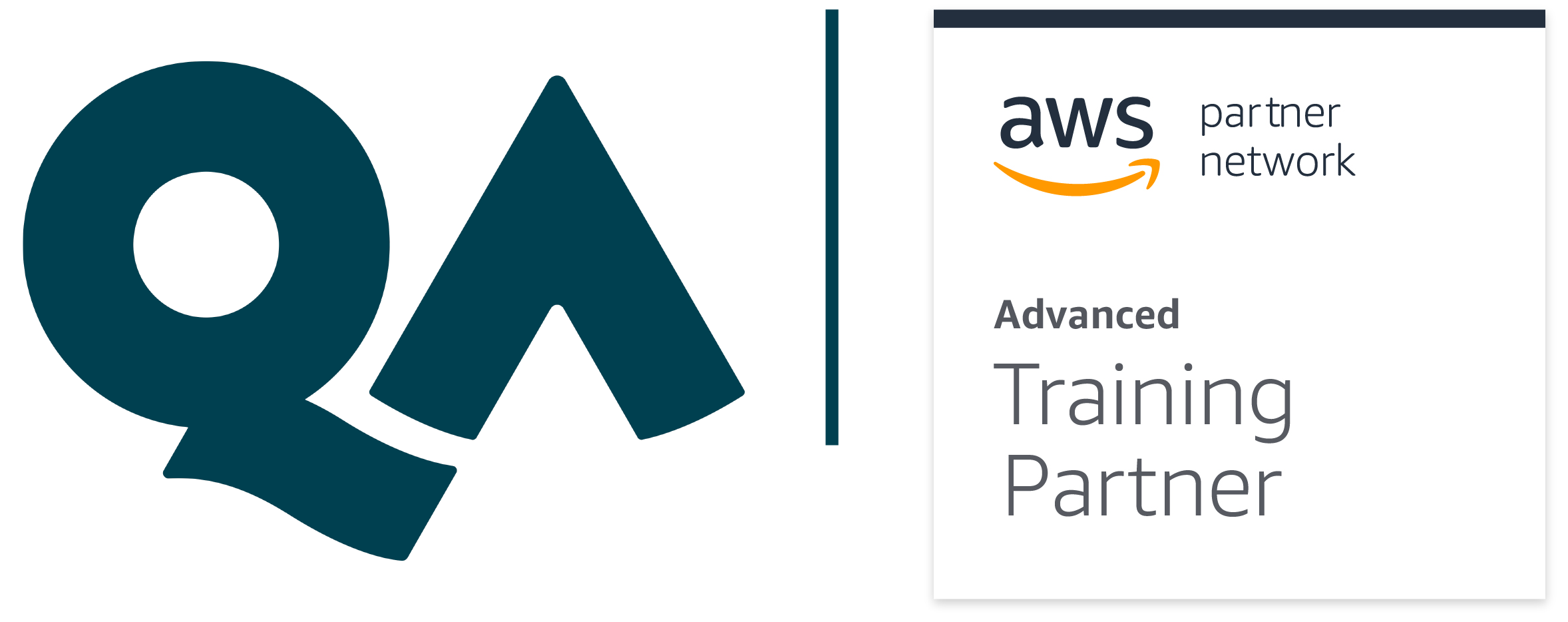
Overview
Overview This course explores how to use the machine learning (ML) pipeline to solve a real business problem in a project-based learning environment. Students will learn about each phase of the pipeline from instructor presentations and demonstrations and then apply that knowledge to complete a project solving one of three business problems: fraud detection, recommendation engines, or flight delays. By the end of the course, students will have successfully built, trained, evaluated, tuned, and deployed an ML model using Amazon SageMaker that solves their selected business problem.
Intended Audience
This course is intended for:
Developers Solutions Architects Data Engineers Anyone with little to no experience with ML and wants to learn about the ML pipeline using Amazon SageMaker
Delivery Method
This course is delivered through a mix of:
Instructor-led training Hands-on labs Demonstrations Group exercises
Prerequisites We recommend that attendees of this course have the following prerequisites:
Basic knowledge of Python programming language Basic understanding of AWS Cloud infrastructure (Amazon S3 and Amazon CloudWatch) Basic experience working in a Jupyter notebook environment
Delegates will learn how to In this course, you will learn how to:
Select and justify the appropriate ML approach for a given business problem Use the ML pipeline to solve a specific business problem Train, evaluate, deploy, and tune an ML model in Amazon SageMaker Describe some of the best practices for designing scalable, cost-optimized, and secure ML pipelines in AWS Apply machine learning to a real-life business problem after the course is complete Outline Module 1: Introduction to Machine Learning and the ML Pipeline
Overview of machine learning, including use cases, types of machine learning, and key concepts Overview of the ML pipeline Introduction to course projects and approach Module 2: Introduction to Amazon SageMaker
Introduction to Amazon SageMaker Demo: Amazon SageMaker and Jupyter notebooks Lab 1: Introduction to Amazon SageMaker Module 3: Problem Formulation
Overview of problem formulation and deciding if ML is the right solution Converting a business problem into an ML problem Demo: Amazon SageMaker Ground Truth Hands-on: Amazon SageMaker Ground Truth Problem Formulation Exercise and Review Project work for Problem Formulation Day Two
Recap and Checkpoint #1
Module 4: Preprocessing
Overview of data collection and integration, and techniques for data preprocessing and visualization Lab 2: Data Preprocessing (including project work) Module 5: Model Training
Choosing the right algorithm Formatting and splitting your data for training Loss functions and gradient descent for improving your model Demo: Create a training job in Amazon SageMaker Day Three
Recap and Checkpoint #2
Module 6: Model Training
How to evaluate classification models How to evaluate regression models Practice model training and evaluation Train and evaluate project models Lab 3: Model Training and Evaluation (including project work) Project Share-Out 1 Module 7: Feature Engineering and Model Tuning
Feature extraction, selection, creation, and transformation Hyperparameter tuning Demo: SageMaker hyperparameter optimization Day Four
Lab 4: Feature Engineering (including project work)
Recap and Checkpoint #3
Module 8: Module Deployment
How to deploy, inference, and monitor your model on Amazon SageMaker Deploying ML at the edge Module 9: Course Wrap-Up
Project Share-Out 2 Post-Assessment Wrap-up
Schedule For our schedule of dates, custom pricing, or a private contract, please contact trainaws@qa.com
Limited to customers based within the UK
| Sold by | QA Limited |
| Categories | |
| Fulfillment method | Professional Services |
Pricing Information
This service is priced based on the scope of your request. Please contact seller for pricing details.